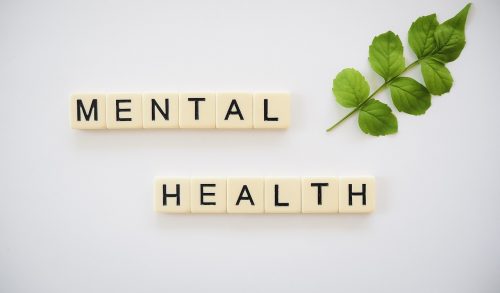We live in a world where nobody seems to have time and peace, but almost everybody has anxiety, depression, or some other mental health issue. Therapy is the key to those problems. But the very word is frowned upon by many people. The stigma around mental health has been slowly reducing, but that doesn’t mean people readily go to therapy when faced with a mental illness or disorder. Various reasons that keep people away from therapy or counseling include: lack of money, time constraint, social stigma, and at times, a previously failed therapy session. And technology that rules all of our lives, is also making therapy easier, more accessible and effective. Here are five ways in which technology has made mental healthcare better.
1. Online Therapy
Online therapy, also known as E-therapy, are programs that deliver mental health counseling via the internet. They use the internet and mobile phones to deliver interactive interventions for preventing and treating anxiety, depression and other mental health issues. Platforms like BetterHelp match individuals with licensed therapists for therapy through online telehealth sessions, text sessions, and phone sessions. https://www.betterhelp.com/advice/counseling/is-telephone-counseling-therapy-appropriate/
Online therapy is cost effective. And the timings are flexible. This provides 24*7 care and doesn’t disrupt the work hours. The comfort of being able to get therapy from one’s house gives them anonymity and secrecy. Thus, it is highly helpful in reducing the stigma around therapy. People are advised to research the service provider platforms to find the suitable one for effective treatment.
2. Self-help Podcasts
One can find podcasts on anything and everything. There are various podcast series that discuss mental health issues, how it affects us in various real life situations, and various coping mechanisms. The podcasts explain how things that we brush off as just irritation or stress might have various underlying mental issues with examples from our day to day reality. This when combined with therapy gives better results.
Famous podcast series include The Mental Illness Happy Hour, Mad World and The Struggle Bus. Some podcasts are free, while most of them can be bought for a flat yearly subscription.
3. Mental Wellbeing Apps
There are apps for all kinds of mental illnesses, beginning from stress to schizophrenia. These apps function by tracking a patient’s moods, thoughts, and symptoms. For example, an app designed for patients with sleeping disorder might track their sleeping, regulate their sleeping pattern and analyse their sleep over a period for better treatment. While an app designed to help people deal with stress might use mindfulness techniques or meditation.
Some of the popular mental health apps are Calm, Happify, nOCD, and SAM (Self-Help for Anxiety Management). The apps are free, or can be bought for a minimal amount. Precaution must be exercised while choosing an app as there are no research backings for their effectiveness. One might also check the apps for partnership with government or research organisations for better credibility.
4. Behaviour Trackers
There are apps being developed to detect suicidal thoughts, manic or depressive episodes before their onset by tracking the individual’s phones with their permission. The scientists will monitor the user’s texting methods, speed, frequency of calls, phone usage, shopping history to predict the onset of depressive episodes or manic episodes. The app forms personalised data for every user and analyses their moods through their phones.
Apps like Mindstrong are working on this. Some are paid apps while the other work with your insurance provider to offer free or subsidised prices. The apps also have therapists with whom one can schedule online therapy sessions when they recognise the onset of their mental health issues.
5. VR Technology
Virtual-Reality treatment is being used to treat patients with PTSD and phobias. Therapists call this exposure therapy, where patients are exposed to their traumatic experiences or fears in a controlled, safe environment. The constant and repetitive exposure to their triggers, flashbacks and anxiety inducing situations helps the patients overcome their fears. The incremental exposure to trauma can build up tolerance until there is no negative effect on them.
This isn’t very popular yet, but the research results on PTSD patients and people to tackle their fears has been highly effective. Scientists are working on making this treatment cost effective and making it readily accessible.



